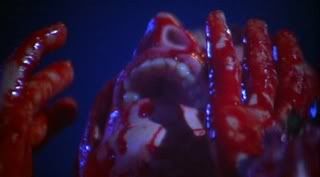
Chypre Rouge came into the public scene with one of the most impressive yet somehow incoherent press releases to date.
It ran like this:
“I remember looking at the forest ground, covered with dead leaves, and finding it both macabre and beautiful. Something caught my attention: a strange patch of moss at the base of a tree, it looked as if it were bleeding, purple and red. Ceremonial dress, splendid and dying, lit by the rays of a nearby clearing. “Don’t deny, you will confess!” In this doorless dungeon we look for an exit. Thin light comes from a murdering hole.(press release courtesy of Scenteur d'Ailleurs)
Eagle nest, precious stones, coat of arms, standards, what are we made of? Eternity, limpidity, freshness, beauty, velvet softness. A secret continent of which we would be the body, in golden darkness, moss of spices and vermeil. The kiss of a choirboy on the ring of an archbishop.
Softness and depth, secret in scents where, laying our cheeks we can only dream.”
Now, before you get any naughty ideas about the choirboy and the archibishop's ring, I have to add that imaginative imagery has always been at the core of the Lutens canon, so we are to take this as a flight of fancy, a reminiscence about his childhood in Hansel and Gretel land.
And just where is this mythical land? Osmoz says a propos de Chypre Rouge that it "was inspired by Serge Lutens’s memories of fall in his native Vendée region of western France". Native? Please allow me to disagree on that score. Lutens was born in Lille which is quite far from Vendée. In fact as revealed here, he spent his youth in Lille too!
However I am perfectly willing to believe that he had some extended family or friends who stayed there and that his visits were coloured with the sweeping brush of vermeil and purple mentioned.
It is not without importance to note that he was a neglected child whose mother donned black on her second wedding day, perhaps a symbol that rang poignant in his id. The confessional tone, mingled with the religious overtones of the papal purple, hint at a desire to express some secret ache that needs to surface through the catharsis of the artistic. And so Chypre Rouge becomes deeply personal, psychological endoscopisis rendering it difficult to interpret by someone outside the circle.
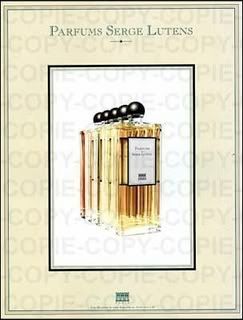
The progression to fenugreek and immortelle (the note that accounts for the maple surupy hot sands of a deserted beach of Annick Goutal's Sables and the pronounced curriness in Dior Eau Noire) comes after some minutes to soothe sensibilities and transport into the territory of the spicy with subtle whiffs of flowers, dried, rolled into heaps of curried dust. Mace and coriander raise their beady heads out of this basket that recalls Arabic souks, like most of the Lutens creations, especially Arabie, influenced by his mysterious seraglioat Morocco that no one has ever visited. Named "Al Medina al Hamra", Red City because of its architecture, Marrakesh has served as a rich pool of inspiration for Lutens and his vision of perfume as a homage to a cross-reference of civilisations.
The final phase of caramelised nuts rolled into musky, smooth moss is the least challengening, but by then potential audiences will have either walked away or braved the initial coup in anticipation of the soft nucleus. It is unfortunate that I tend to the former group.
Chypre Rouge launched in 2006 as an Eau de Parfum Haute Concetration, a term that denotes higher concentration of aromatic essences because of the nature of the latter that demand a higher saturation point to be perceptible and is not meant to imply that it is louder in odour volume.
Official notes:
thyme, pine needles, pecans, fruit gums, honey, beeswax, jasmine, patchouli, amber, vanilla, moss and musks.
Instead of further commentary I direct you to Placebo with brilliant Brian Molko and their song "Meds":
(uploaded by dagonsio)
Please remind me to post "The Bitter End" (again by Placebo) if Serge Lutens trully retires from fragrance creation, per rumours.

Top pic from the film Carrie by Brian de Palma (1976)/Filmhai. Ad pic courtesy of autourdeserge.
.jpg)
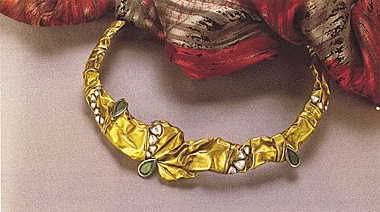

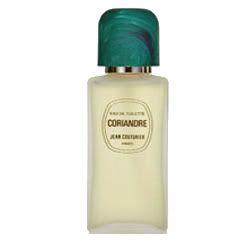
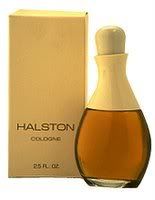
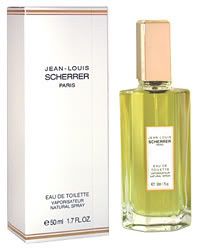
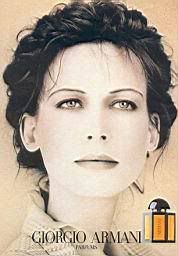

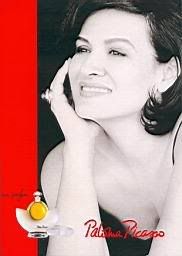
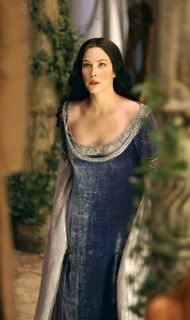
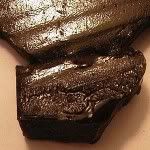
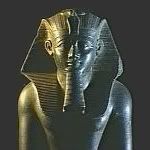
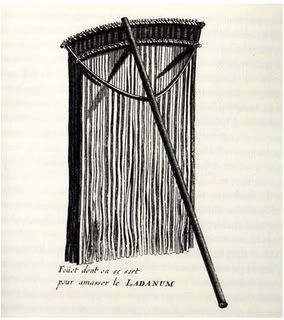


.jpg)


